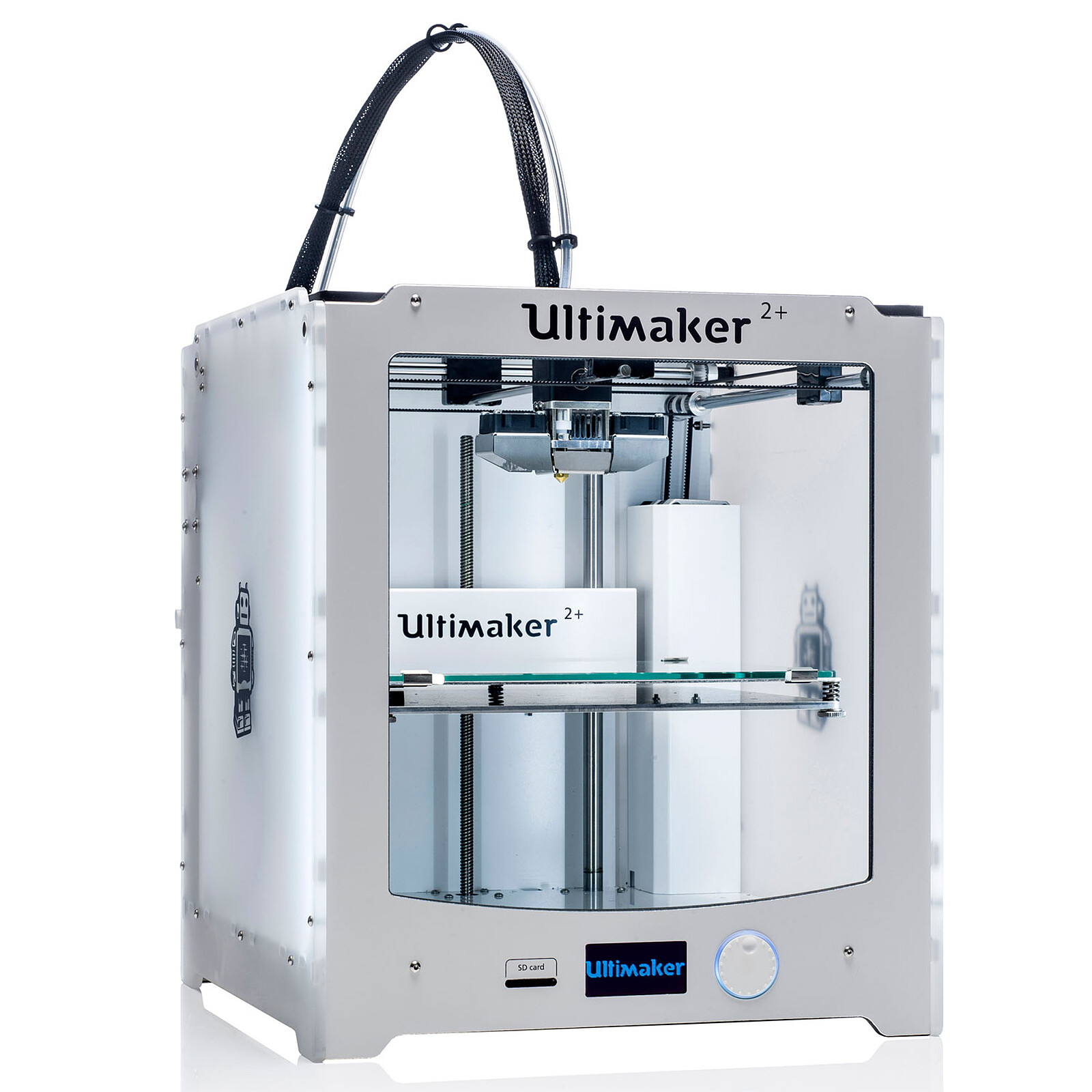


- #ULTIMAKER CURA RASPBERRY PI HOW TO#
- #ULTIMAKER CURA RASPBERRY PI MAC OS#
- #ULTIMAKER CURA RASPBERRY PI ANDROID#
- #ULTIMAKER CURA RASPBERRY PI SOFTWARE#
The slicer can accept 3D models directly uploaded by the user, or select from BuildBee’s own model repository.
#ULTIMAKER CURA RASPBERRY PI SOFTWARE#
Normally this is done with dedicated (and usually confusing) software apps, but with BuildBee there’s only one system required. Perhaps the most unique feature of BuildBee’s slicer is that it handles both FFF and Resin 3D printers. 3D model modification library in the BuildBee online 3D print management tool BuildBee terms it as “easy and intuitive”. The company has taken steps to simplify this process, which can be quite confusing for new 3D printer operators in most slicing systems. The core of BuildBee is the slicing system, which converts a 3D model into executable GCODE for 3D printers to run. BuildBee Features Job queuing in the BuildBee online 3D print management tool This is different from many Octoprint installations that are confined to the local area network. Because the system is cloud-based, a BuildBee user is able to operate connected 3D printers from anywhere, anytime, so long as they are connected to the Internet.
#ULTIMAKER CURA RASPBERRY PI ANDROID#
Once one of these approaches is installed, a 3D printer can be operated directly from the BuildBee cloud, and even via their Android / iOS mobile apps.
#ULTIMAKER CURA RASPBERRY PI HOW TO#
BuildBee provides extensive instructions on how to set this up for those unfamiliar with Raspberry Pi configurations. This is software that can be easily installed on a Raspberry Pi connected to the 3D printer. The second method is to use Buildbee’s own BuildBee CloudDock. This is the simplest approach for those with an existing Octoprint setup. First, BuildBee provides an Octoprint plug-in that provides the necessary functionality. This software uses a standard USB connection to the 3D printer.īuildBee Desktop then works with the cloud to store files and prepare jobs, which then pass through the desktop app on their way to the 3D printer.įor some operators that’s not an ideal configuration if you need to use your desktop computer for other purposes, so BuildBee provides another approach: a set top box that attaches to the 3D printer’s USB port and communicates directly with the cloud over WiFi.
#ULTIMAKER CURA RASPBERRY PI MAC OS#
This is a desktop app that’s currently available for both Windows and Mac OS operating systems. The first method is by using BuildBee Desktop. To simplify this connectivity, BuildBee has devised several methods for doing so, and operators simply choose the easiest for their 3D printer configuration. While the core of BuildBee resides in the cloud, it must have a way to connect to your 3D printers. If you have got it, you should go for the latest version.But how does BuildBee work and what does it do for you? BuildBee Configuration Loading 3D models into the BuildBee online 3D print management tool If you haven't got it, you should get it. The great thing about Cura is that it is free and it works with a huge range of 3D printers. However, it's a small price to pay for such lovely print quality. If I can't do this it means that its hard to print multiple objects on the platform because the fans will crash into parts already printed if I'm not careful. The only thing I'm missing is a way to tell Cura that the print head on Una is a rather strange shape, and not the default. There looks to be quite a few changes in the way that the slicer works and the user interface is now very slick. Well up to the standard of the Ultimaker 2 s at work. The new Cura defaults are a lower temperature than I normally use, with a cooler heated bed too. And Una has produced some of the best looking prints I've seen for ages. I've just downloaded the latest Cura slicing program and used it with the default print settings. Una, my four year old, hand built, 3D printer, just got a lot better.


 0 kommentar(er)
0 kommentar(er)
